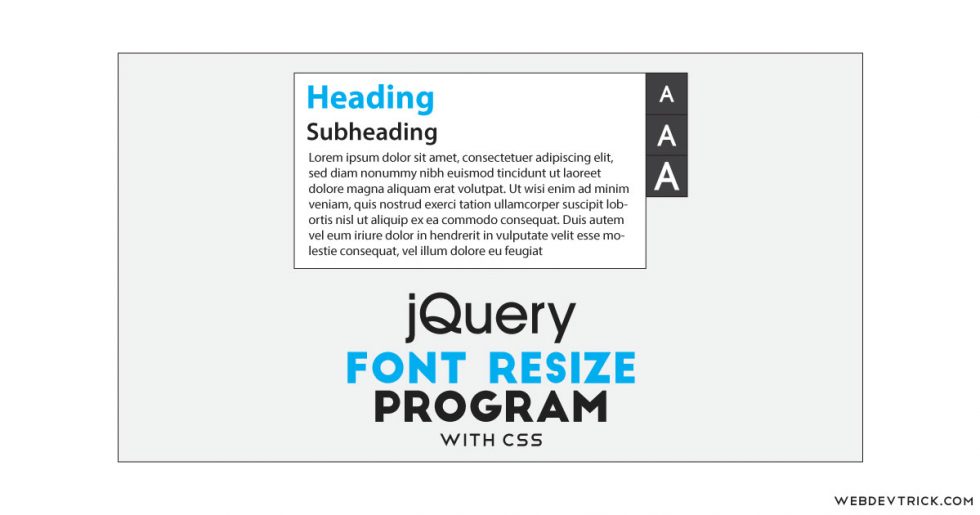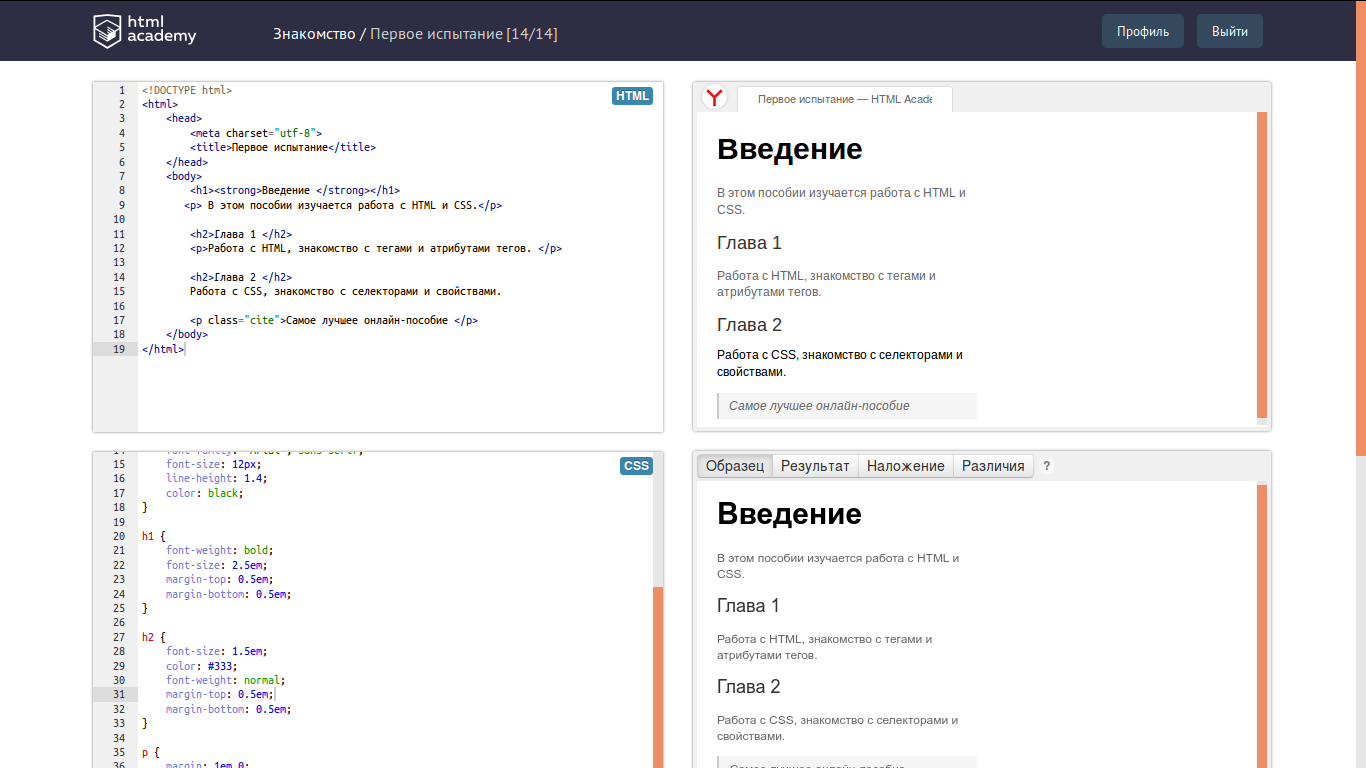
However, let’s step aside from perceptual reasoning and get back to the basic examples: Plain images are good if they are the active actors of the narrative. If we’re talking about perception in this context, I suggest using background images to create the mood. Where would you like to use the background image instead of ordinary ? Well, using background images doesn’t provide you with a drag and drop feature. Use these links if you need an in-depth understanding or some inspiration for experimenting. Better use the examples below and investigate their CSS.

Don’t spend too much time there if you want some practical answers. Let me first point to the standards: background-image, background-size, and background-position. The background image turned out to have the false bottom and another one then.

I thought we would see a little semantic difference, to which I would dedicate a small paragraph and a few examples. Will this one be the same? Well, I hoped it would be something very similar so we could shorten it a bit. The background-image property with background-size and background-position
Css image resize to fit how to#
Now you understand how to adjust the position of a cropped image. I will supply several live examples to illustrate them. Please use the provided link to a standard to discover different variants of the value. The object-fit property specifies how the contents of a replaced element should be fitted to the box established by its used height and width. I won’t do the formulation work and will use the definition from the CSS standard. Use the common element and two properties: object-fit and object-position. The tag with object-fit and object-position Complex paths of cropping with clip-path.Image or background image with persistent ratio.The background-image property with background-size and background-position.The tag with object-fit and object-position.In this article, we’ll look at the existing ways to crop an image using CSS from the most straightforward to the most complex:

Also, the lenses on e-commerce websites use cropping a lot. The drawback of this method is that we need to use the CDN to keep our images.Īre there any cases left where we need CSS-based image cropping? Sure, I can think of implementing the parallax effect or having a fixed-size carousel to display different images. With some URL adjusting, we can crop the image and concentrate on the burning coal behind the center one on the right.

Look at this beautiful picture of burning coals: Picture of burning coals The good news is that the rich CDN API is for your service here. This may be either because of the lack of knowledge or access to the server. Sometimes we want to crop an image using CSS simply because we are front-end developers and cannot do this on a server. We want to understand where it is applicable and what it costs us. We need to continue asking “why” because we want to make a well-balanced decision. “Why can’t we stop asking why and go to the topic, German?” You can reasonably ask me in response. “Why would you want to crop an image in a browser?” Would I ask? Thankfully, now we have a good set of these techniques and even more. We’ll drop the workaround techniques and concentrate on those with the original purpose of cropping images. Many posts cover 1000 and 1 hacky ways to crop your image, which might mislead the novice. Image cropping with CSS is a well-covered topic, and there are plenty of articles about it on the internet, so why should there be another one? This is a good question, and I have an answer. By German Tebiev image optimization 8 min read


 0 kommentar(er)
0 kommentar(er)
